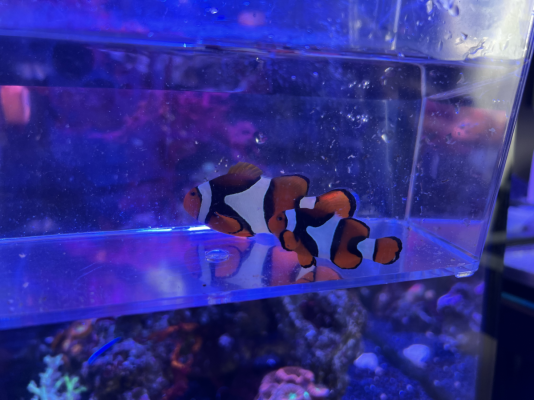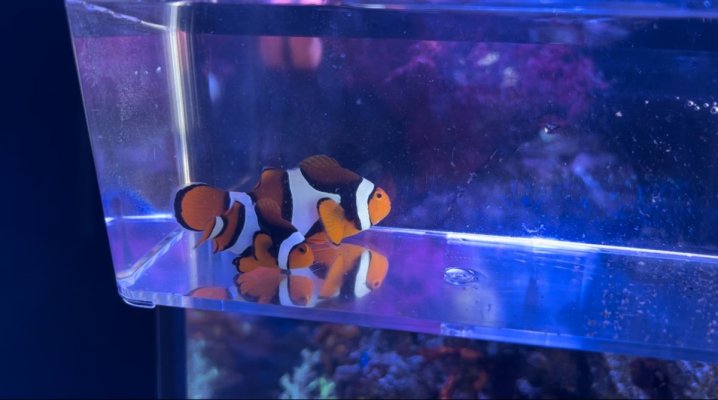Wow that's so exciting!! It can be a lot to learn and a lot to buy to get ready in such a short period of time. But luckily if you keep your clowns well fed and happy they should spawn again shortly. Mine seem to lay about 3 days after the previous eggs hatch. The eggs themselves usually hatch from 8 to 10 days after being laid.I just realized my clowns had spawned! While cleaning the tank today I almost scraped them off the overflow. I have no idea how many days they have been there and actually now realize why they were not coming out from under the return nozzle. I don't think I am ready to attempt this but would love to try! If I can't get everything ready for this batch - how long before they spawn again and then how many days before they hatch? I have been reading everything I can. And THANK YOU for this post and the links! So very helpful.
Here is a good picture example of the eggs as they mature. They tend to get very silvery right before they hatch.























